Champa Treasure
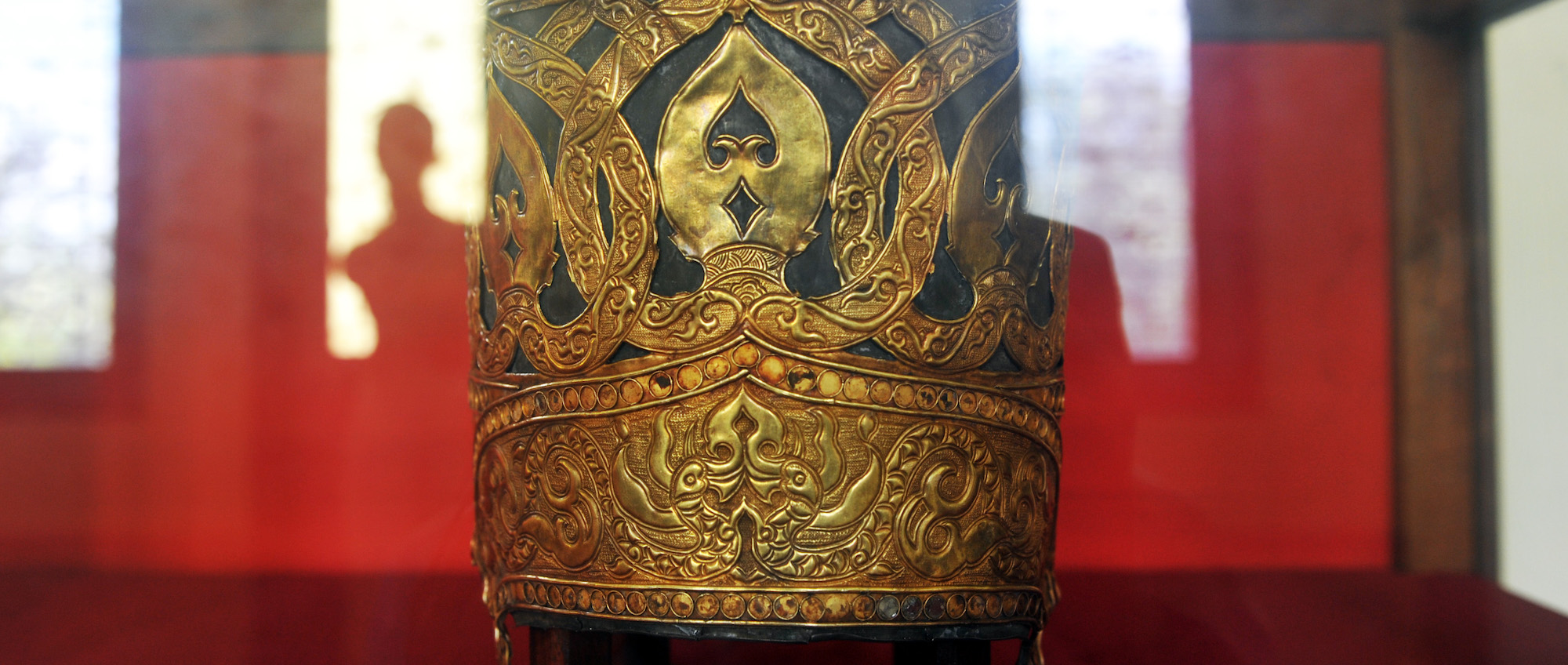
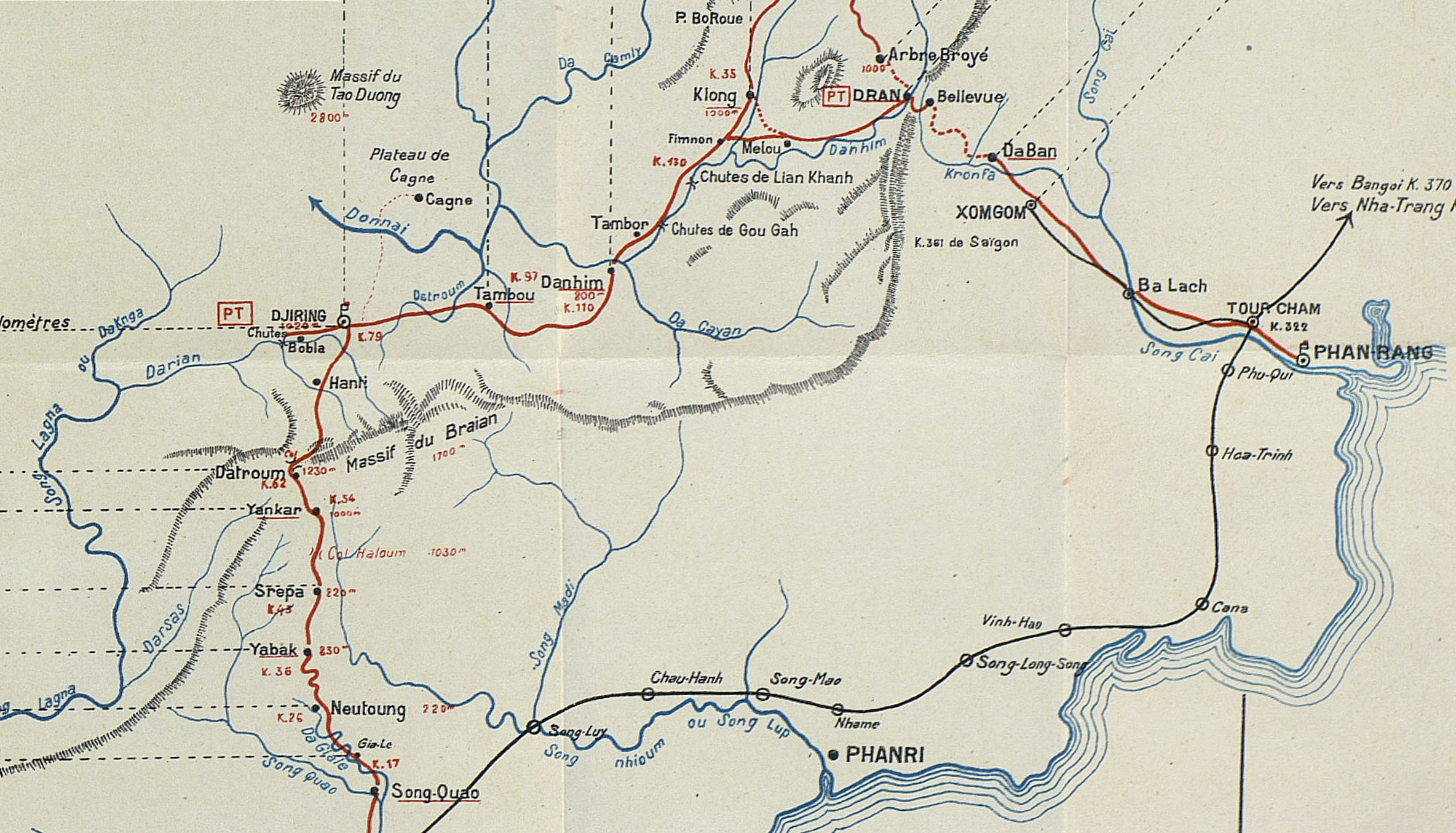
For centuries, the South China Sea was known by navigators throughout Asia as the Champa Sea, named for the ancient Kingdom of Champa – an enduring power that lasted over 1,500 years in central and southern Vietnam. This collection of four Indian-influenced Kingdoms was established in 192 AD and inhabited by the Cham, a people from the Malayo-Polynesian language family. The Champa had an unrivaled fleet that they used for commerce and piracy. In 1832, the Vietnamese Emperor Minh Mang set out to crush the last vestiges of Cham autonomy and annexed the last Cham Kingdom, the Panduranga. Most of the Cham population fled to Cambodia, and legend has it that some of the Cham princes hid their treasures in nearby mountains.
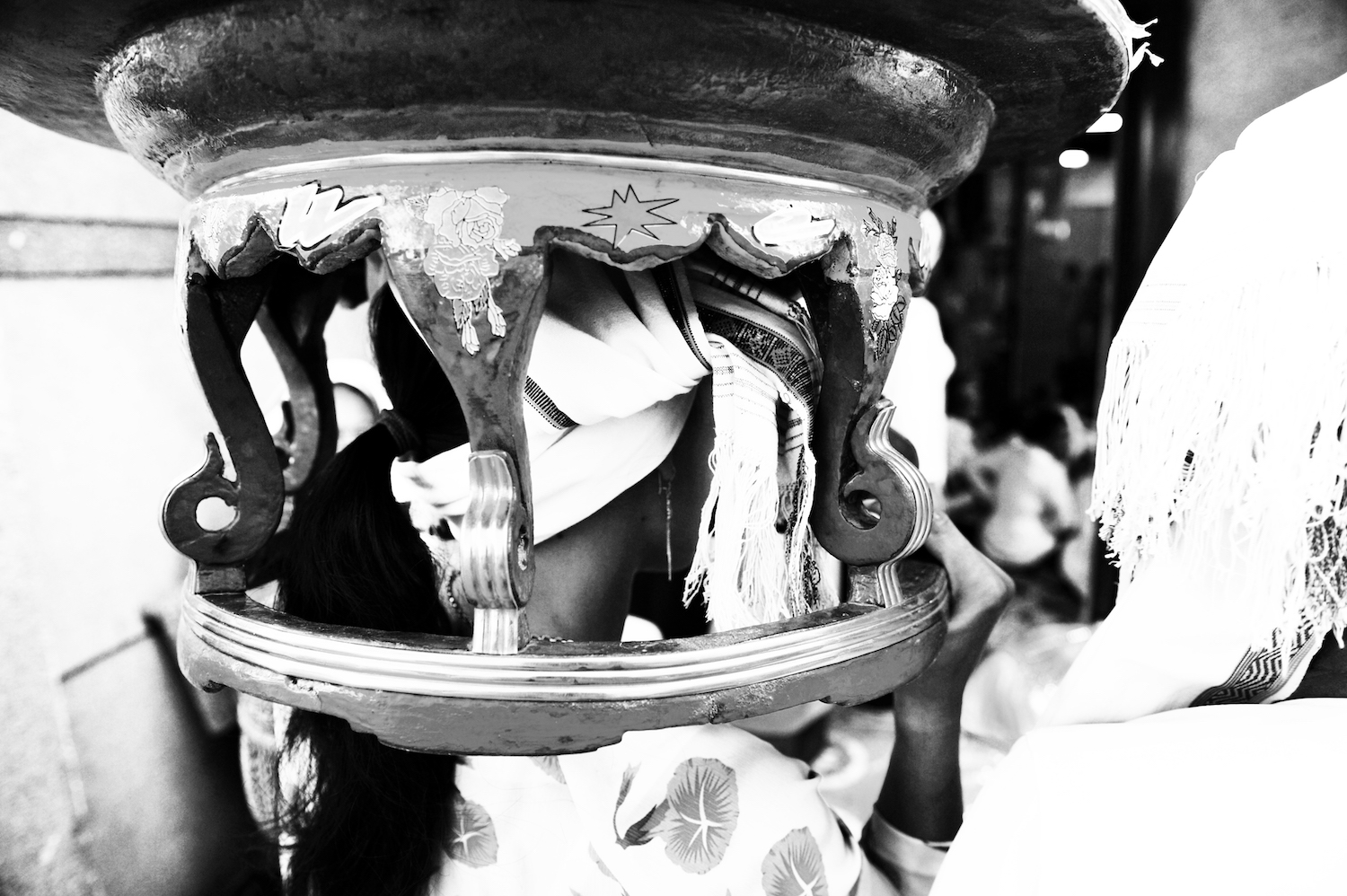
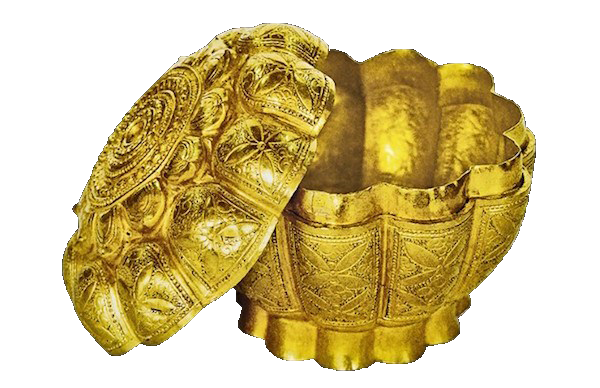
In the early 20th century, the prominent archaeologist Henri Parmentier and the apostolic missionary E-M Durand from French School of the Far East made found and preserved some of these secret jewels. The world’s largest collection of Cham sculpture is now housed at the Danang Cham Museum, which Parmentier established in 1919. However, many of most decadent jewels such as royal tiaras, artifacts, and precious antiquities from the Champa’s golden age remain hidden. Legend has it that they are well-guarded by the camonei, the intermediate between the spirit of deified princes and their devoted successors.
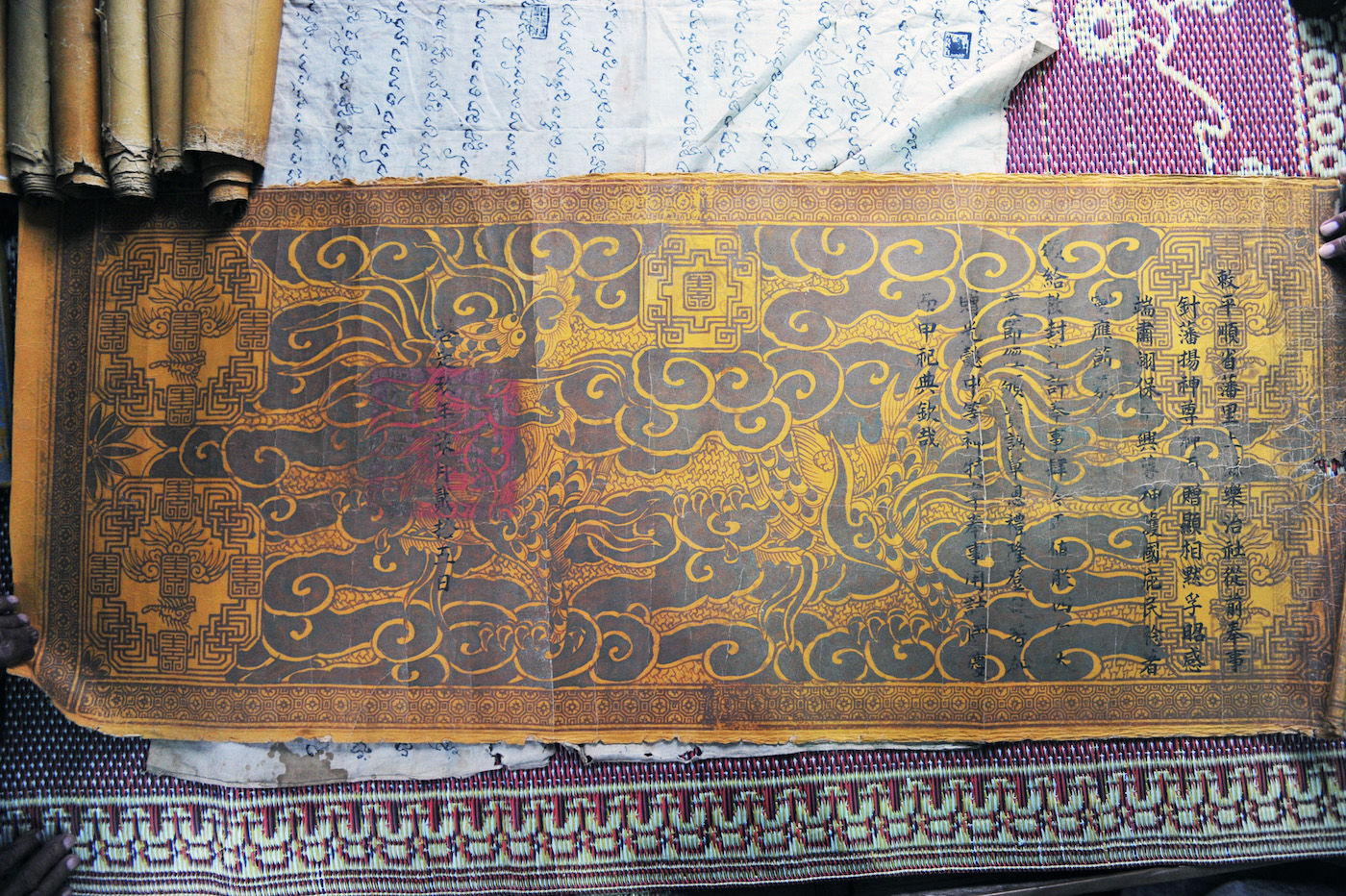
-1578385053.jpg)